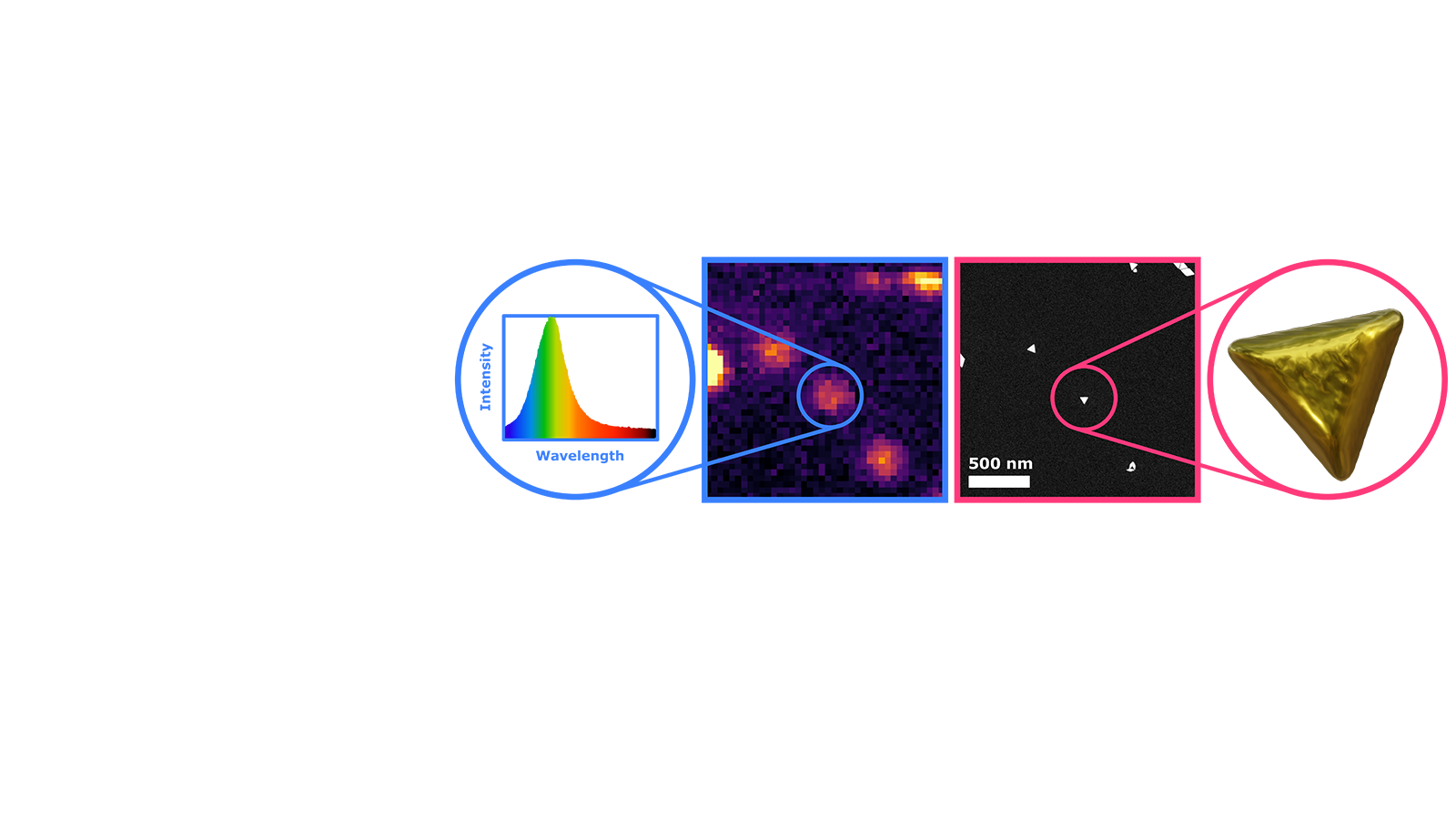
Group leader: Dr. Wiebke Albrecht
About us
In the Hybrid Nanosystems group, we investigate the interaction between different components in complex hybrid nanostructures and develop new architectures for such systems.
A powerful way of designing novel materials lies in combining unique properties of separate components in a hybrid system. Nanomaterials are especially interesting for this approach as they display unique properties compared to their bulk counterparts. An intelligent combination of several material classes in one nanostructure offers a promising approach towards improving existing properties and compensating for disadvantages of the separate components, as well as augmenting the system with novel functionalities.
Specifically, the combination of metal and semiconductor nanoparticles in hybrid systems results in a complex plasmon-exciton interaction. The Hybrid Nanosystems group focuses on unravelling the interplay of morphology and underlying charge and energy transfer processes in metal-semiconductor hybrid nanosystems by combining advanced electron microscopy and single particle optical and time-resolved spectroscopy.
Our group furthermore explores new concepts to create hybrid architectures and to locally modify interactions by external stimuli. Along with the creation of novel hybrid systems comes the quest for robustness of such devices. Especially for nano-materials, chemical, thermal and kinetic stability is a major challenge in their practical applications. Therefore, in our group we also analyze the stability of nanoobjects and explore routes to enhance it. In this way, we hope to make use of synergistic properties in a smart and reliable way, specifically tailored for applications in solar energy harvesting and quantum information processing.



